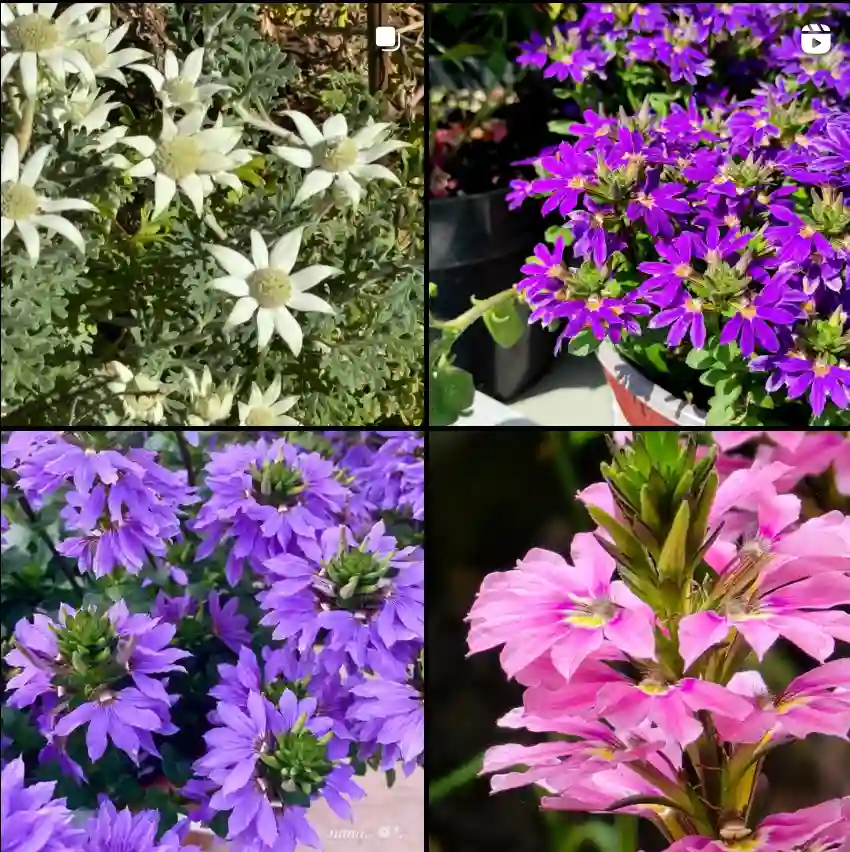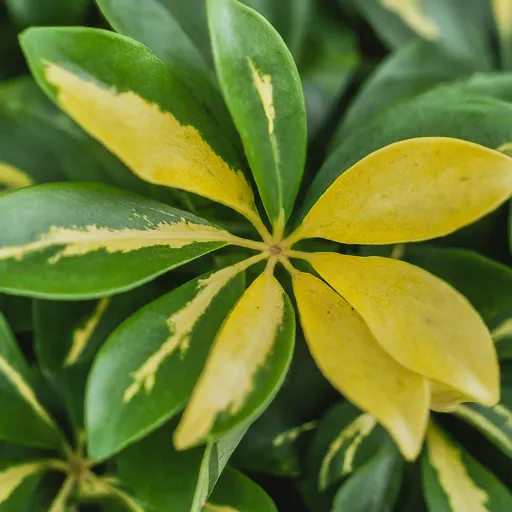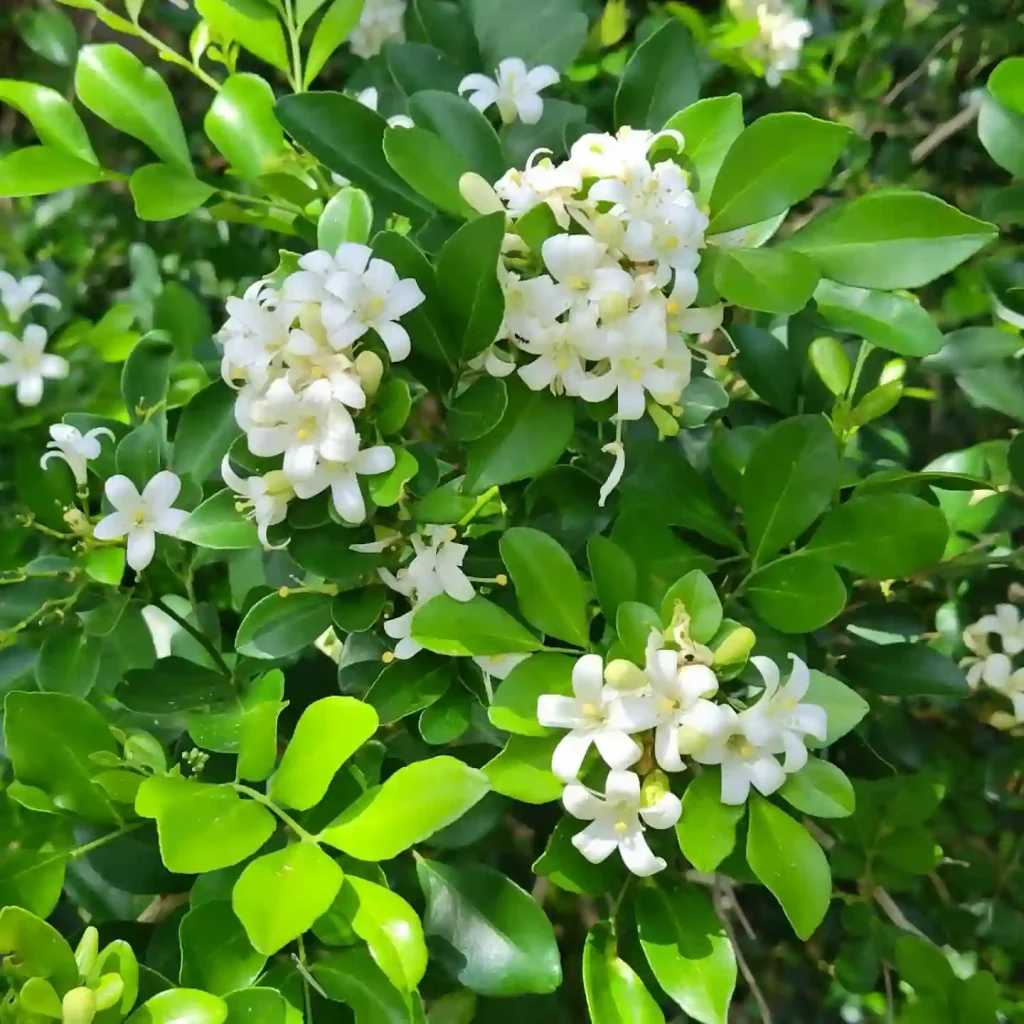Spartium: A Golden Embrace of the Mediterranean
The sun beats down on my face, the air thick with the scent of pine and something else, something sweeter. I push aside a branch, its leaves a delicate shade of green, and there it is: a burst of vibrant yellow against the azure sky. Spartium Junceum, the Spanish broom, stands proudly in the midday heat, a beacon of color in the arid landscape. As a botanist, I’ve always been fascinated by the resilience of plants, their ability to thrive in the harshest environments. But there’s something about Spartium that captures my imagination, something that speaks to the very essence of the Mediterranean.
A Genus of One
Spartium is a genus of flowering plants in the legume family, Fabaceae. It’s a monotypic genus, meaning it contains only one species: Spartium Junceum. This makes it quite unique, a solitary star in the vast constellation of the plant kingdom. The name Spartium itself is derived from the Greek word “spartion,” meaning “cordage,” a nod to the plant’s historical use in rope making.
Spartium Junceum, also known as rush broom or weaver’s broom, is a native of the Mediterranean region, stretching from southern Europe to northwest Africa. It’s a shrubby plant, reaching heights of up to 4 meters, with slender, green stems and small, simple leaves. But the real showstopper is the flowers: bright yellow, pea-like blossoms that cluster along the stems, creating a cascade of gold.
A Tapestry of Adaptations
The Mediterranean climate is known for its hot, dry summers and mild, wet winters. Spartium Junceum has evolved a suite of adaptations to thrive in this challenging environment. Its deep root system allows it to access water deep within the soil, while its small leaves reduce water loss through transpiration. The plant’s green stems are also photosynthetic, enabling it to continue producing energy even when the leaves are shed during periods of drought.
One of the most fascinating adaptations of Spartium junceum is its relationship with fire. The plant is highly flammable, and wildfires are a common occurrence in its native habitat. However, the plant’s seeds are protected by a hard coat that allows them to survive the intense heat. In fact, fire can actually stimulate germination, creating opportunities for Spartium to colonize new areas.
Cultivating the Golden Broom
If you’re interested in growing Spartium junceum in your own garden, here are a few tips:
- Sunlight: This plant thrives in full sun.
- Soil: It prefers well-drained soil.
- Watering: While drought-tolerant, it benefits from occasional deep watering, especially during dry periods.
- Pruning: Prune the plant after flowering to maintain its shape and encourage new growth.
- Propagation: Spartium junceum can be propagated by seed or cuttings.
A Plant of Many Uses
Spartium Junceum has a long history of human use. As its name suggests, it was traditionally used to make rope and cordage. The plant’s fibers are strong and durable, making them ideal for this purpose. Spartium was also used to make brooms, baskets, and even fabric. In some parts of the Mediterranean, the young shoots were eaten as a vegetable, and the flowers were used to produce a yellow dye.
Today, Spartium Junceum is primarily grown as an ornamental plant. Its vibrant flowers and drought tolerance make it a popular choice for gardens and landscaping. The plant is also used in erosion control and land reclamation projects, thanks to its ability to stabilize soil and prevent erosion.
A Symbol of Resilience
As I stand here, surrounded by the golden glow of Spartium Junceum, I can’t help but feel a sense of admiration for this remarkable plant. It’s a survivor, a testament to the power of adaptation and the beauty of simplicity. In a world that often feels chaotic and unpredictable, Spartium reminds me that even in the harshest environments, life finds a way to flourish. It’s a symbol of resilience, a beacon of hope in the face of adversity.
If i die, water my plants!



